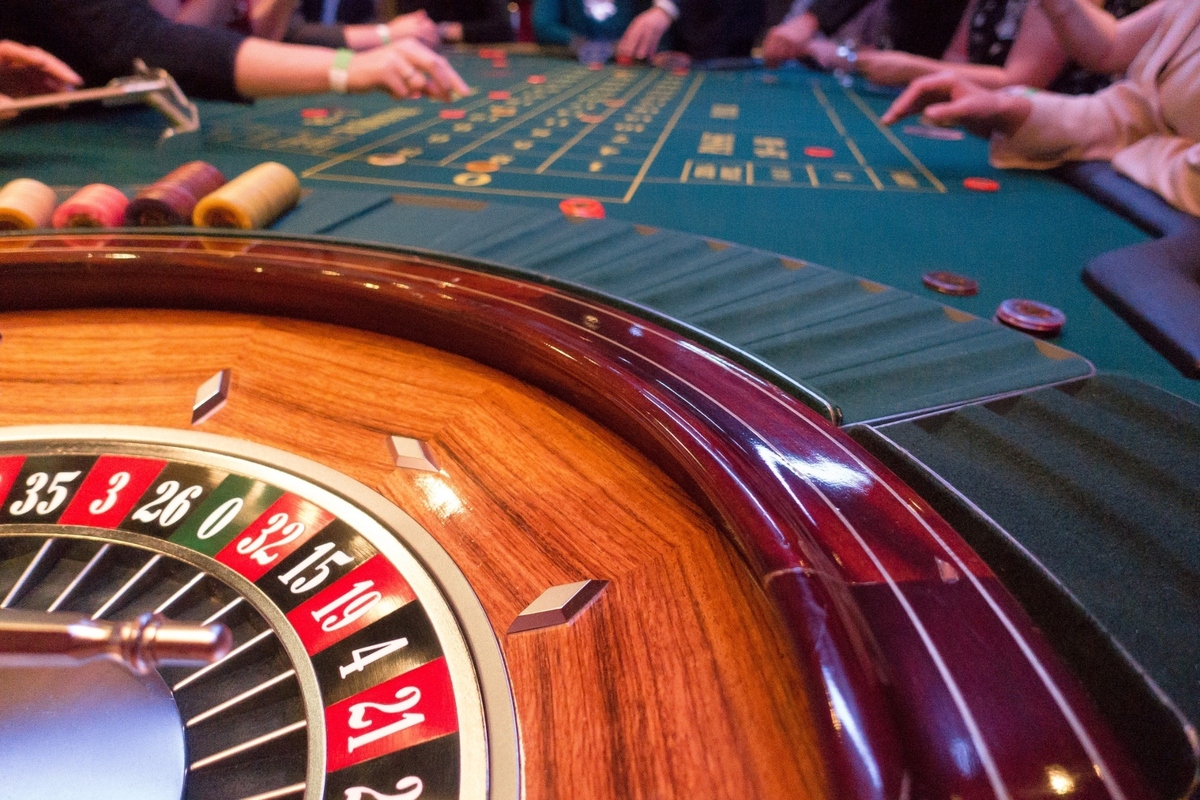The Captivating History of Fruit Machines
The saga of fruit machines is a captivating journey that parallels the development of recreation and betting over the years. Starting from their simple start in the 1890s to turning into a staple in casinos throughout the globe, these games of fortune have experienced remarkable transformations. Slot machines have mesmerized players with their colorful designs, immersive concepts, and the hope of transformative wins.
Initially designed as mechanical machines with spinning drums and few icons, slot machines have evolved into advanced electronic games that feature modern tech and dynamic components. In the present day, they attract millions of players, each wanting to win big with just the yank of a handle or the tap of a tap. Exploring the intriguing history of these devices reveals not just the tale of a beloved pastime, but also a reflection of social evolution and progress in technology over the ages.
The Origins of Slot Machines
A tale of slot machines starts in the final years of the 19th century, a time when mechanical devices were increasingly popular in entertainment venues. A groundbreaking slot machine was invented by Charles Fey in 1895, referred to as the Liberty Bell. This machine featured 3 spinning reels and five symbols: hearts, diamonds, spades, a horseshoe, and the famous Liberty Bell. Players pulled a lever to spin the reels, and if the symbols matched in a particular combination, they would win a payout. Fey’s invention quickly captured the attention of gamblers and set the foundation for future developments in casino slots games.
As the idea of the slot machine gained popularity, numerous inventors looked to enhance Fey’s design. By the dawn of the 1900s, these machines were becoming a common sight in saloons and amusement parks. In 1907, the first electromechanical slot machine was launched by Herbert Mills, featuring a more intricate system of payout mechanisms and the renowned fruit symbols that are still associated with slots today. This evolution marked a major shift in the gaming industry, as machines became more entertaining and user-friendly, attracting more players.
The popularity of slot machines remained high throughout the early 20th century, resulting in their extensive use in casinos across the United States. However, the rise of legal restrictions on gambling during the Great Depression presented challenges for the industry. Many machines were banned, but this did not halt innovators. Instead, they adjusted by creating machines that gave out candy or gum instead of cash prizes, effectively circumventing the restrictions while still providing the thrill of a casino slots game. This creativity kept the spirit of gambling alive, setting the stage for the future resurgence of slot machines in modern casinos.

Evolution of Casino Slot Technology
The history of gambling machines commenced in the closing 19th era with the creation of the initial traditional devices. Charles Fey, a West Coast mechanic, launched the first slot machine in 1895, which featured three rotating reels and five images: heart shapes, diamond shapes, spade symbols, a horseshoe, and the Liberty Bell itself. This straightforward yet engaging design laid the basis for the evolution of gambling slots, creating an instant draw for gamblers seeking entertainment and a opportunity to win.
As technology matured, so did the design and capabilities of gambling devices. By the mid 20th era, electromechanical machines emerged, including electric parts to enhance gameplay and increase payout possibilities. ga179s.com These improvements permitted for greater complexity features like multiple paylines and greater jackpots. The gaming establishments adopted these developments, resulting in the growth of gambling devices as a major contributor of revenue within the casino business, fundamentally transforming the experience of playing slots.
The closing 20th and initial 21st eras introduced the digital revolution, leading to the launch of video gambling machines. These machines replaced traditional reels with digital screens, permitting even more innovation in themes and gameplay mechanics. Players could now experience rich graphics and sound effects, along with involving bonus rounds. The shift to internet gambling further revolutionized the casino slots game, making slots accessible to a global audience whenever and wherever, thus marking a new phase in the development of gaming machine technology.
A Cultural Impact of Slot Machines
Slot machines have become more than just a means of entertainment; they have woven themselves into the essence of mainstream culture. Across movies and television shows to music and literature, these iconic gaming machines often act as emblems of luck and gambling. Films like The Casino and Ocean’s Eleven notably highlight slots, portraying them as exciting yet unpredictable elements of the gambling experience. Their distinct attraction lies in the noise of coins clinking, the revolving reels, and the vibrant flashing lights, which in unison create an electric atmosphere that draws people in.
In addition, slot machines have influenced social gatherings and events, making them a centerpiece in casinos and gaming venues. Numerous individuals do not just go to a casino to gamble; they go for the full experience, which encompasses the social interactions and the vibrant ambiance surrounding these machines. Special contests and themed gaming nights centered around these games also showcase their popularity, fostering social connections and collective fun among players. This social element has contributed to the machines’ lasting popularity.
The advancement of technology has further changed this cultural impact. Digital and online slots have expanded access to these games well beyond the walls of physical casinos. Players can now get their favorite casino slots game from home or on the move, leading to the rise of online communities and discussion boards where enthusiasts exchange strategies and experiences. The ongoing innovation in game design and the inclusion of storytelling have kept the cultural importance of slot machines alive, attracting new generations of players while maintaining a tie to their historical roots.